Bolstering the Singapore–Asia Taxonomy as a regional sustainable finance benchmark
IN BRIEF
The Singapore–Asia Taxonomy for Sustainable Finance (SAT) has set rigorous standards for green and transition financing, establishing important benchmarks for ASEAN countries interoperable with the EU Taxonomy. To further its effectiveness and global relevance, the SAT should encourage more widespread adoption, raise public awareness of sustainable finance, maintain alignment with evolving global energy transition standards and conduct periodic assessments of its integration into decision-making processes.
Since its launch in December 2023, the Singapore–Asia Taxonomy for Sustainable Finance (SAT) has made significant progress in establishing clear standards and strengthening regional and global developments for sustainable finance initiatives. But if the SAT wants to remain the benchmark for ASEAN and spearhead sustainable financing efforts across the region and the world, it must take a more proactive approach.
The SAT has established rigorous and quantifiable green and transition financing criteria, setting important benchmarks for ASEAN countries. This is a valuable contribution as some member states — such as the Philippines and Malaysia — have faced significant criticism for lacking quantitative criteria in their national frameworks. The SAT's specific thresholds and stringent standards for green technologies can draw strong spillover effects, encouraging ASEAN countries to adopt similarly rigorous taxonomy standards.
An important pillar of the SAT is its interoperability with the EU Taxonomy, the world's most recognised standard. By adopting the EU Taxonomy's language across key sectors — energy, transport, real estate, industry, carbon capture and storage, information and communications technology, waste and water —the SAT strengthens its regional and global relevance. This alignment enables foreign investors to seamlessly apply international standards to regional projects covered by the SAT.
The traffic light classification system further enhances the practicality of the application, promoting consistency across the region and accelerating the harmonisation of ASEAN's national and regional taxonomies with global sustainable finance frameworks. Green activities contribute significantly to climate change mitigation, amber indicates transition activities that are on a pathway toward sustainability and ineligible activities are those that are not aligned with climate goals.
This dual focus on regional and global interoperability positions the SAT as a bridge between ASEAN's national taxonomies and the global sustainable finance landscape, consistent with Singapore's strategic position as Southeast Asia's financial and sustainability hub.
But the SAT must carefully navigate the inherent tension between stringency and broad adoption. High stringency can discourage adoption, as some ASEAN economies rely on fossil fuels and may be less suited to the rapid implementation of stringent taxonomies. Given its focus on interoperability, the SAT must carefully calibrate its level of stringency with the pace of development within ASEAN economies. In doing so, the SAT will benefit from referencing the still-evolving guidelines of the April 2024 ASEAN Taxonomy for Sustainable Finance, which aims to reflect the region's economic diversity through practical considerations.
Despite its progress, the SAT still faces challenges going forward. While the SAT's voluntary nature encourages financial institutions to consider adoption, it limits the potential impact that can be achieved through the imposition of stricter legal requirements. Integrating the SAT into broader institutional frameworks — such as regulatory disclosure and monitoring frameworks — would increase its effectiveness. Alternatively, Singapore could take a more gradual approach, encouraging prominent financial institutions to adopt the SAT voluntarily and creating a domino effect for acceptance within the wider economy.
Another area where the SAT can improve is in raising awareness of the framework beyond the financial sector and among consumers, retail investors and academia. Without a broader recognition of the importance of sustainable finance, the SAT's adoption may be constrained by the perception that considerations of sustainability in investments are restricted merely to the financial sector. For the SAT to become a more widely adopted assessment tool, joint efforts are crucial to increase public consideration of sustainability within production and investment.
The SAT's late mover status among global taxonomies has contributed to its success as a mature benchmark in sustainable finance. The current version has been developed with prudence, taking into account various existing global and regional taxonomies to formulate a stringent, specific and quantifiable taxonomy.
While the proposed framework has been effective in addressing its objective of climate change mitigation, a more proactive approach is necessary to address the remaining objectives — climate change adaptation, biodiversity protection, circular economy promotion and pollution prevention. Given the limited development of regional taxonomies addressing these objectives, Singapore should take a more proactive role in extending the taxonomy in directions consistent with these objectives and solidify its role as a leader in sustainable finance.
The SAT can also incorporate Singapore's ongoing efforts in transitioning to renewable energy. Currently, the SAT promotes increasing the supply of renewable energy alongside improving the carbon efficiency of natural gas. But if it seeks to ensure interoperability with the EU taxonomy, which classifies natural gas as a transitional activity, the SAT may also consider adopting tighter standards in energy transition goals within future iterations. This is also consistent with Singapore's ongoing efforts to reduce dependence on fossil fuels, such as through bilateral agreements to import more renewable energy from regional partners.
The SAT represents a significant step forward for Singapore and ASEAN in sustainable finance. With its rigorous, quantifiable standards and emphasis on interoperability, it serves as a valuable tool for bridging regional and international efforts. But for the SAT to fully achieve its potential, it should encourage wider adoption, improve public awareness of sustainable finance and ensure consistent alignment with evolving global standards for energy transition.
To solidify its success, a periodic assessment should be conducted to track the extent to which financial institutions, policymakers and investors integrate the SAT in their decision-making processes, as well as how local taxonomies reference the SAT and maintain compatibility across regions.
By addressing these issues, the SAT will continue to set the benchmark for ASEAN taxonomies and strengthen Singapore's leadership in sustainable finance. By carefully considering forward iterations and attracting wider institutional support, the SAT will serve as a powerful catalyst for regional and global progress in combatting climate change.
Seonghoon Kim is Research Fellow at the Sustainable and Green Finance Institute (SGFIN), National University of Singapore (NUS).
Weina Zhang is Associate Professor of Finance at NUS Business School and Deputy Director of SGFIN.
Johan Sulaeman is Professor of Finance and Director of SGFIN.
https://doi.org/10.59425/eabc.1750543200
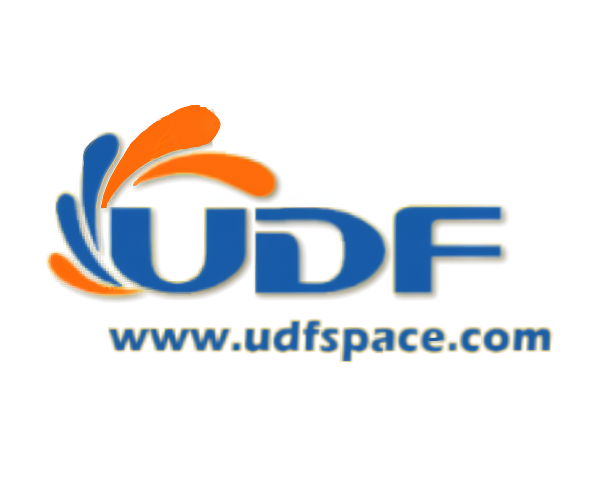







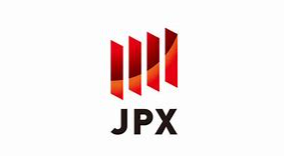
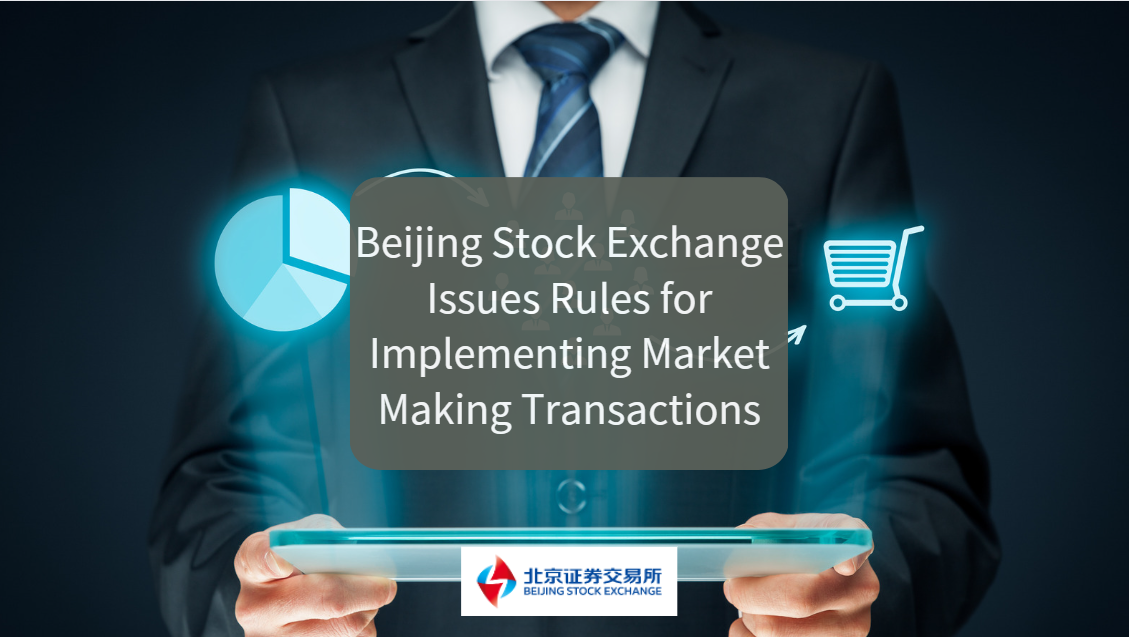
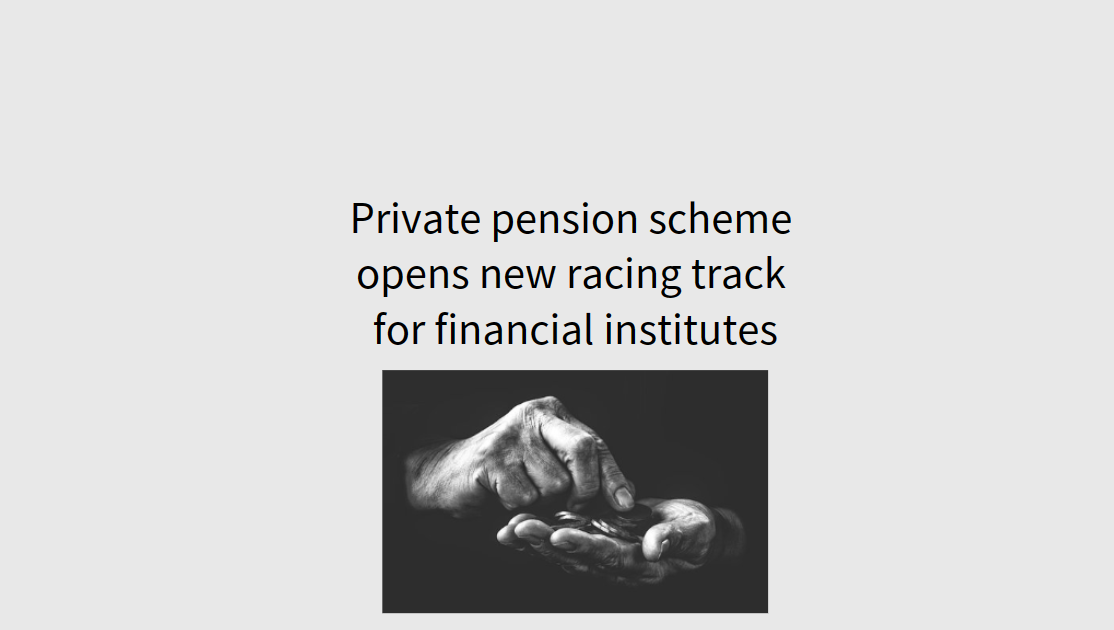

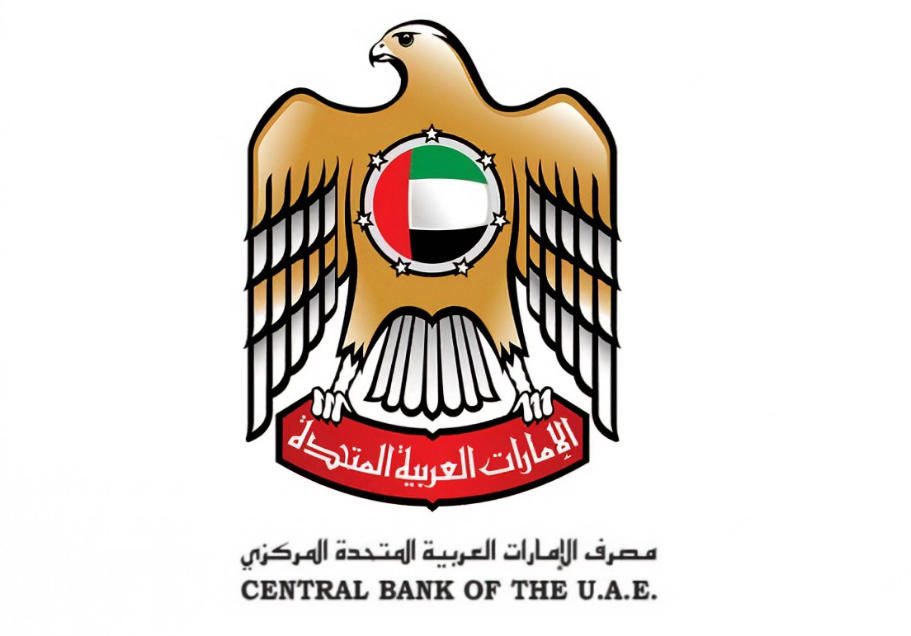
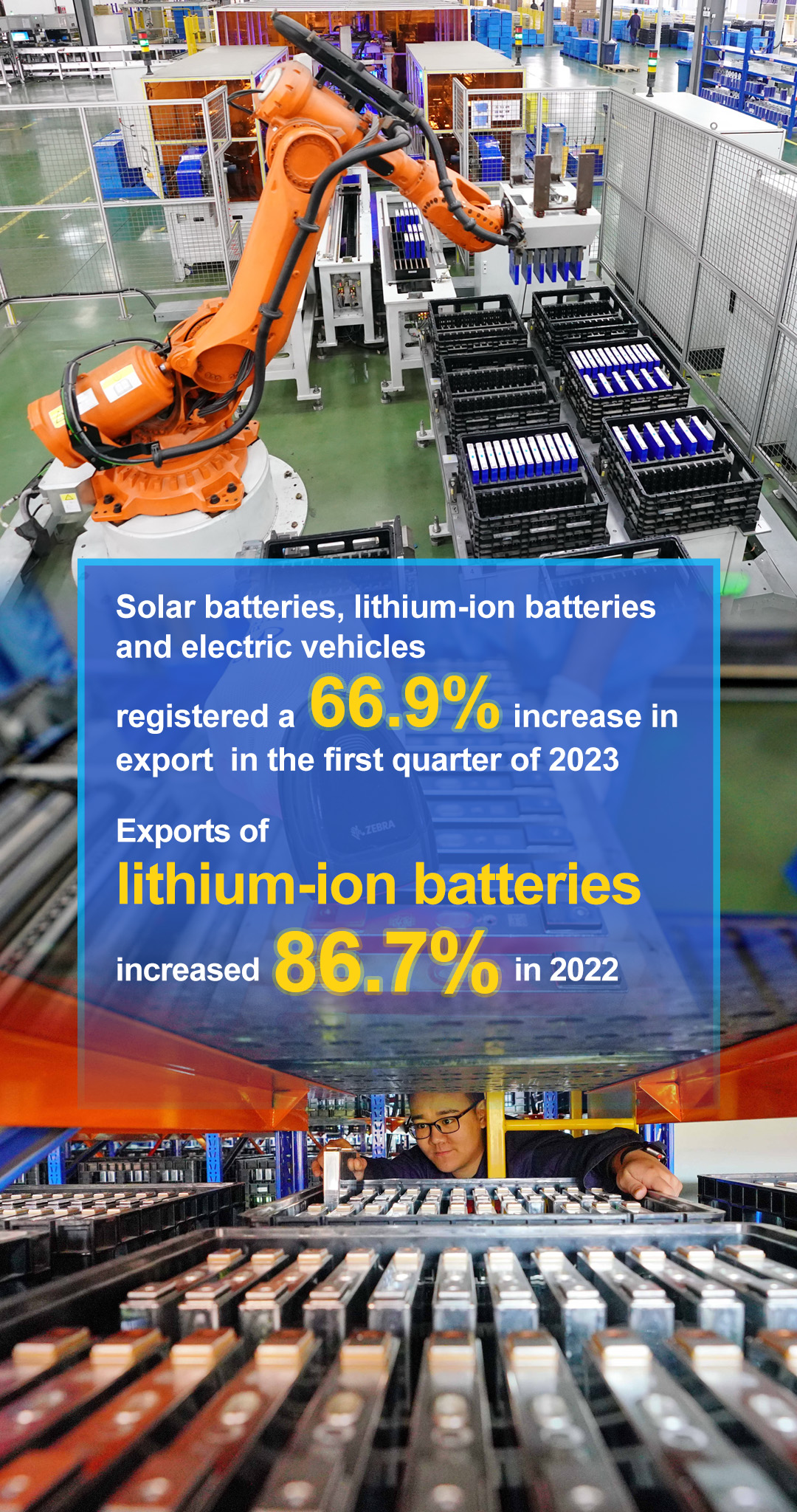

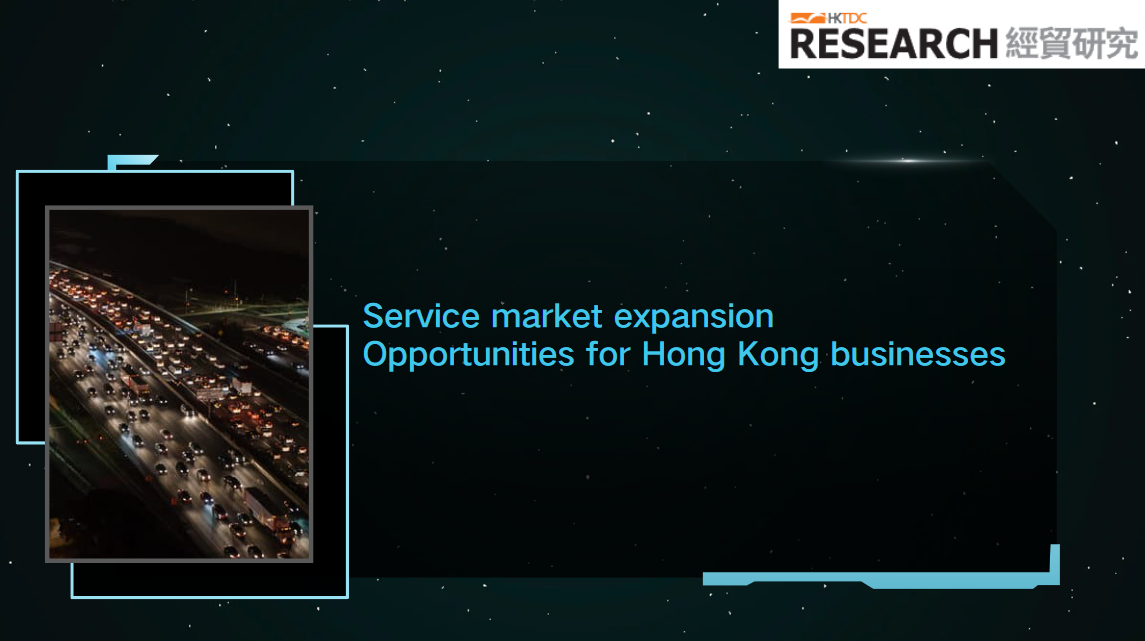
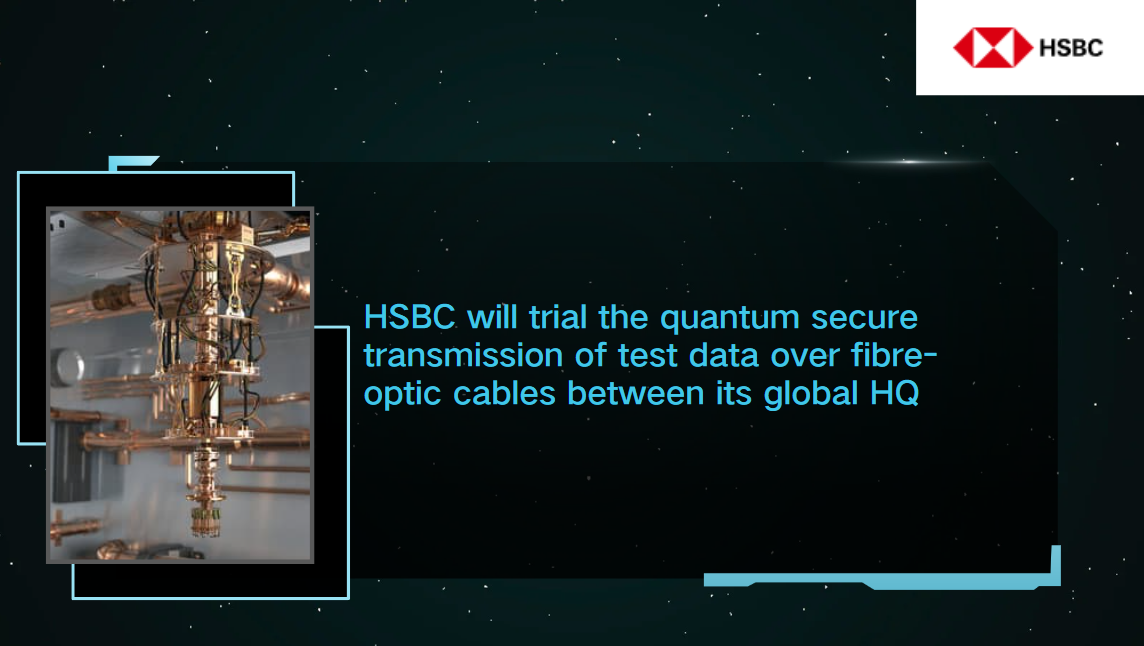
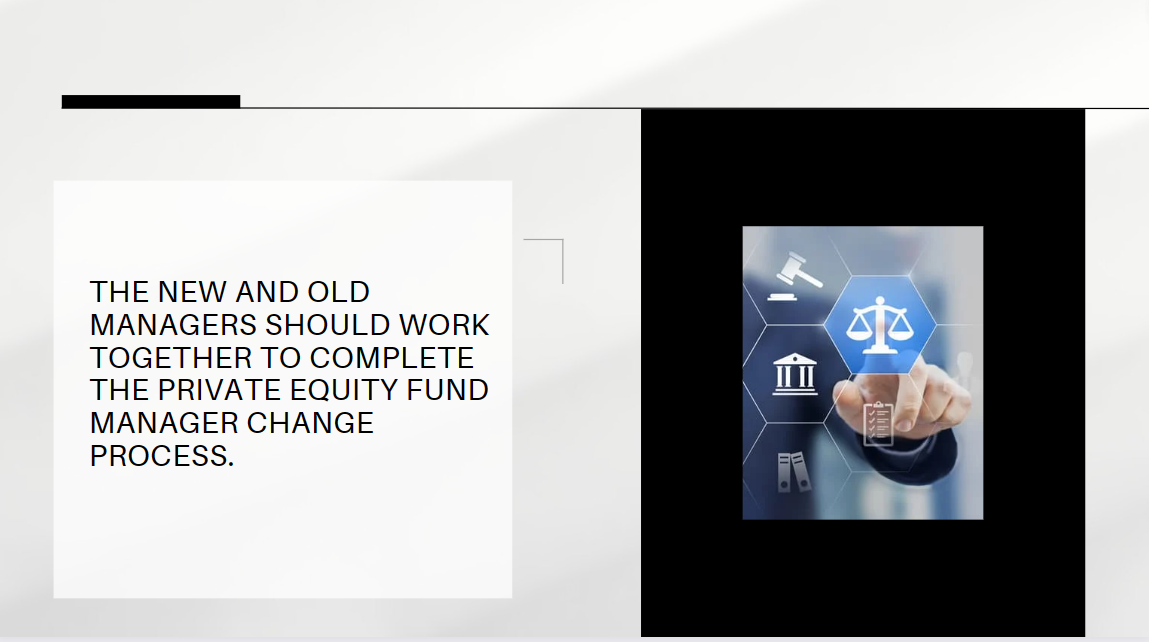

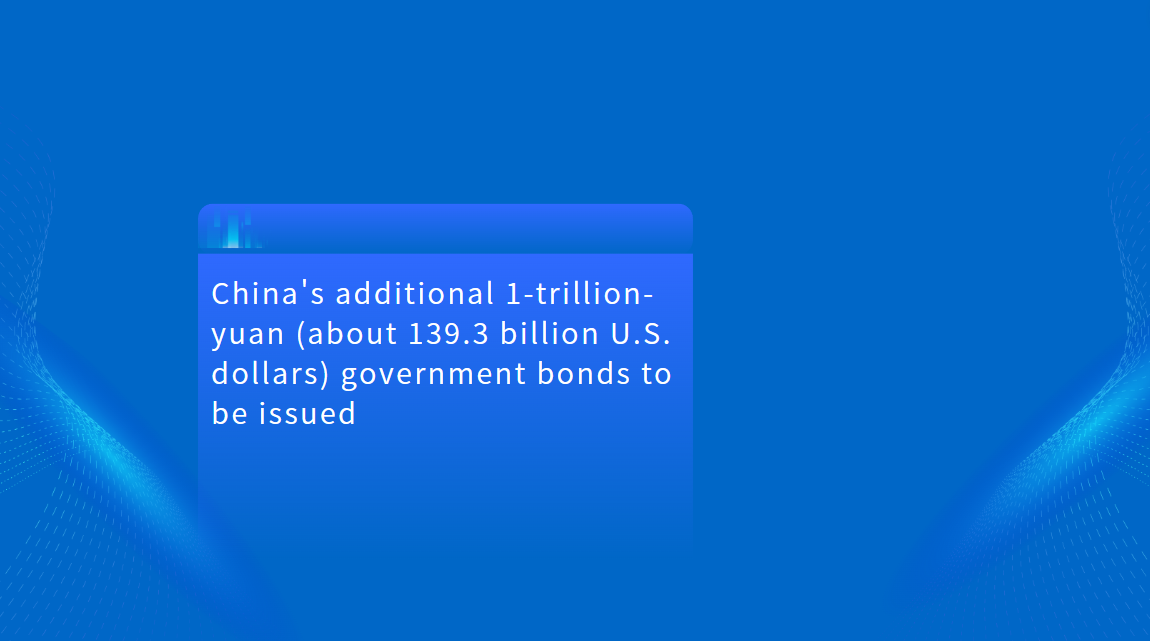
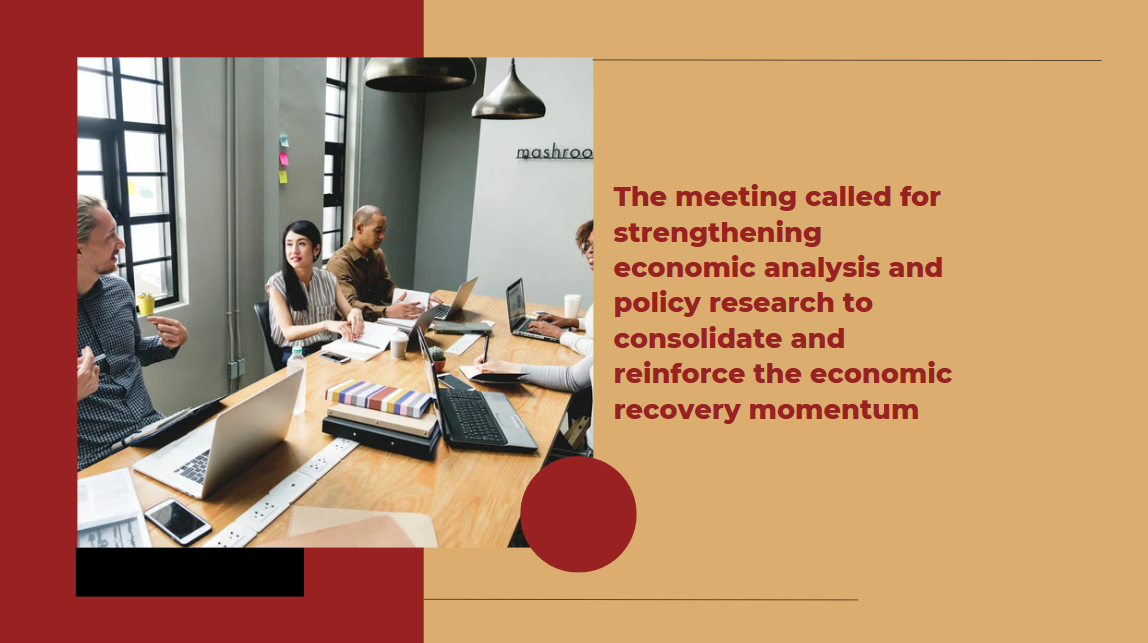
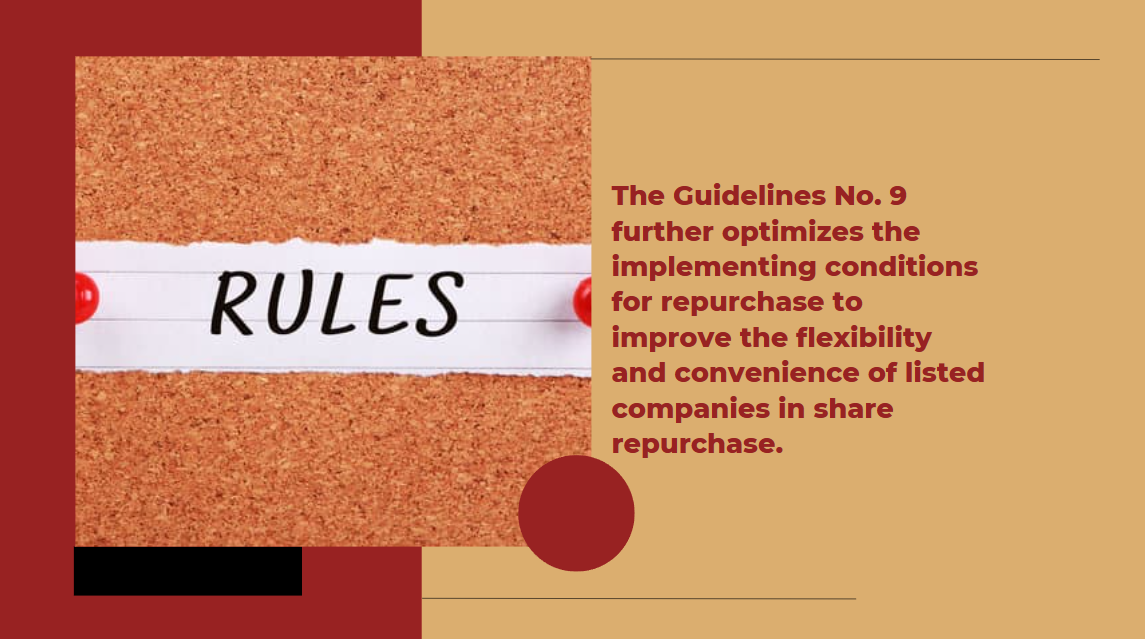

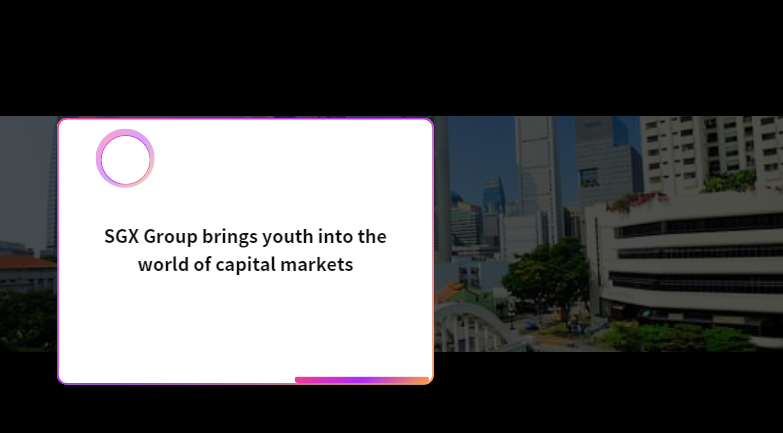
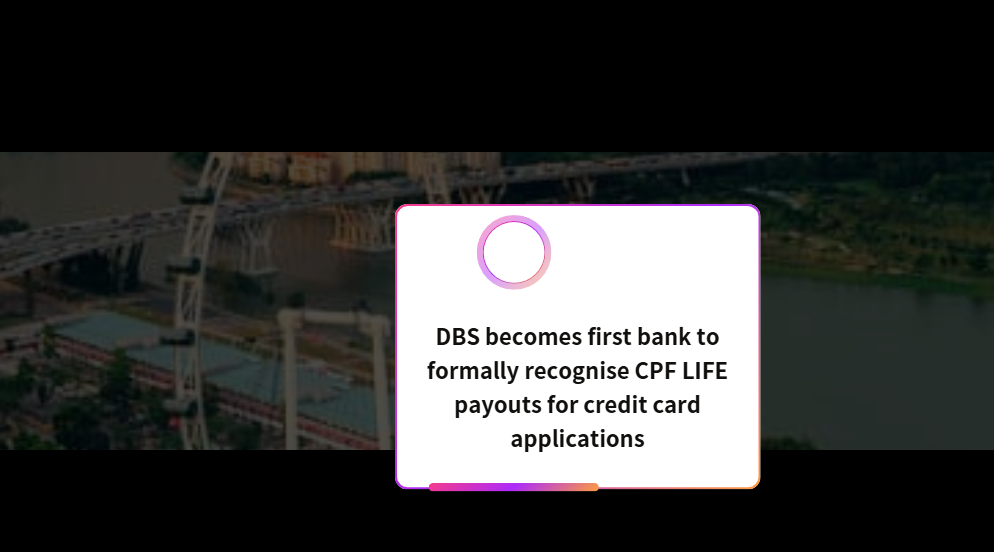

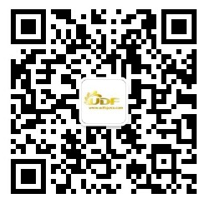
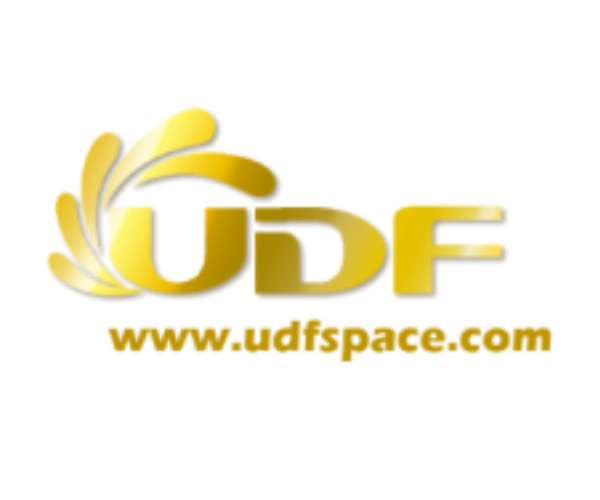









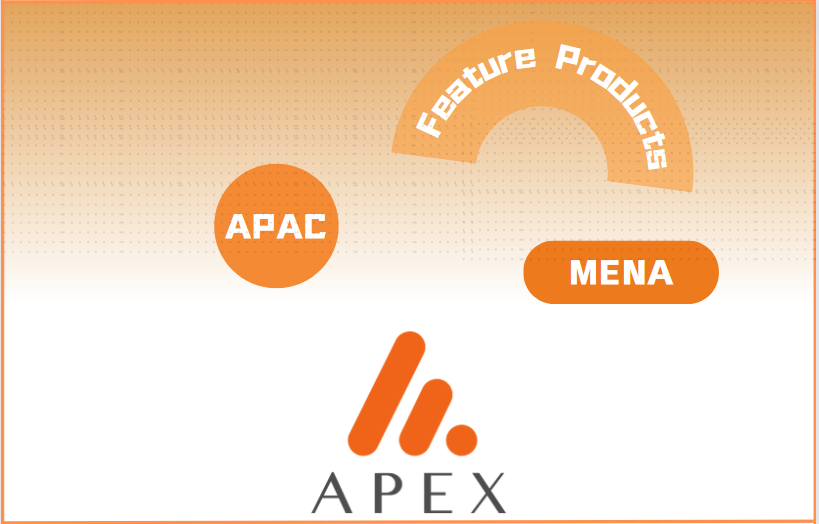















First, please LoginComment After ~